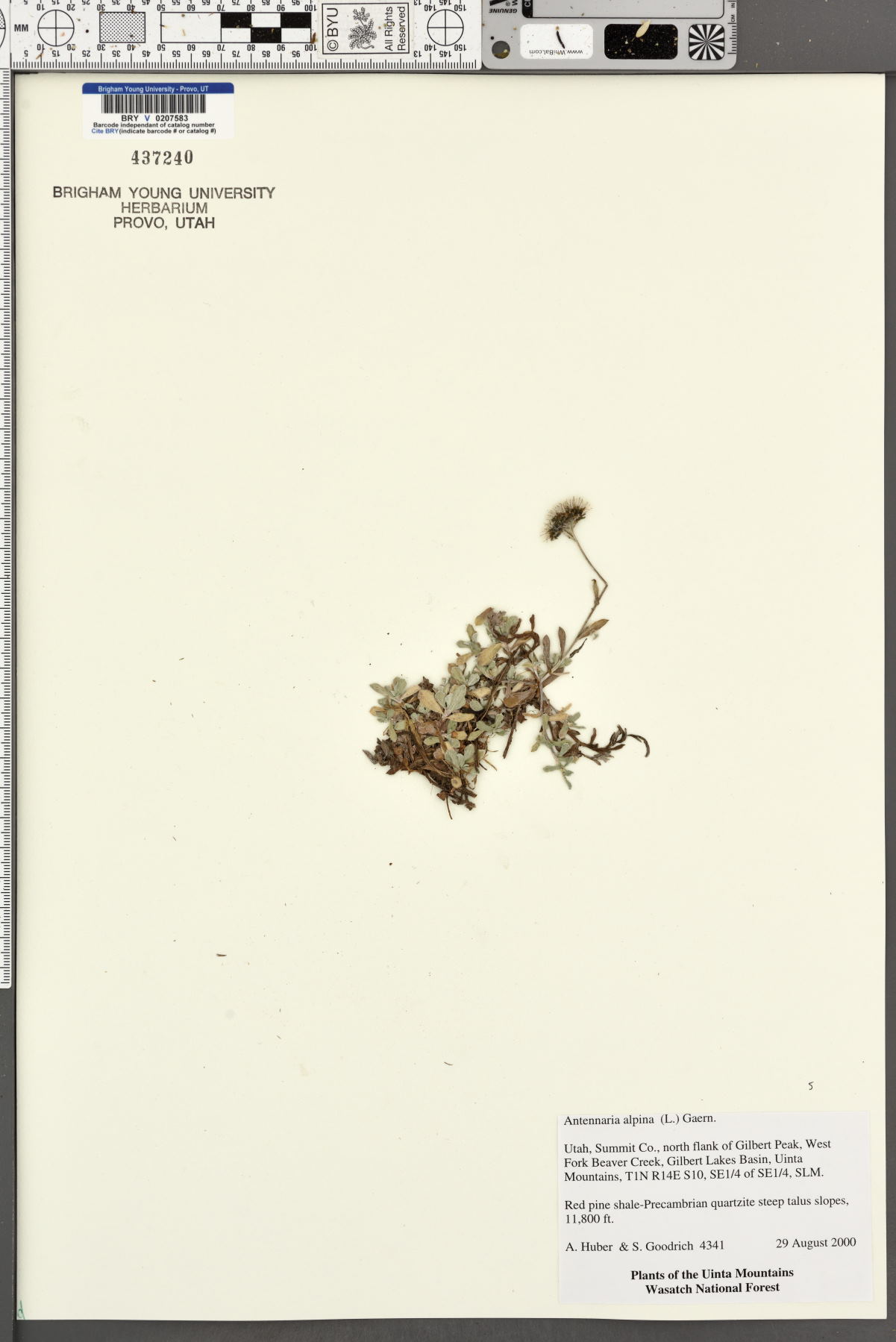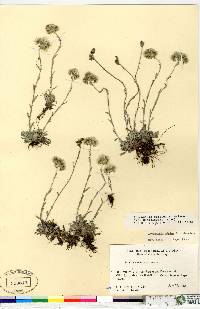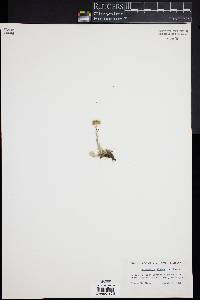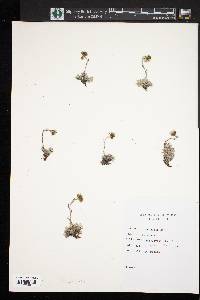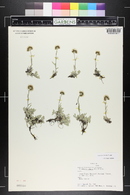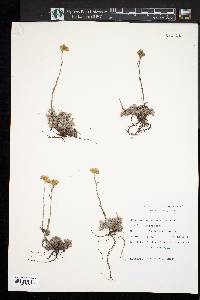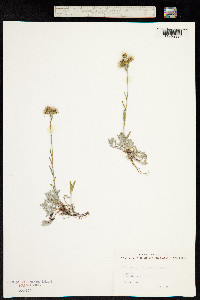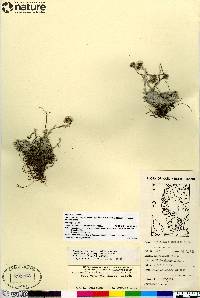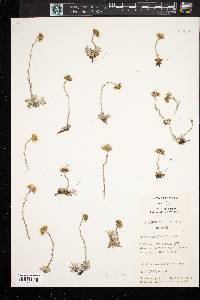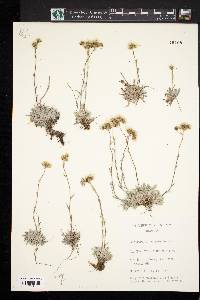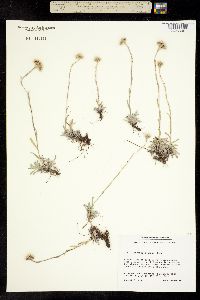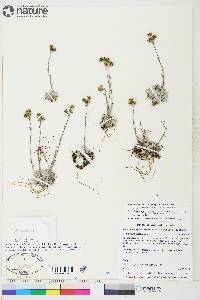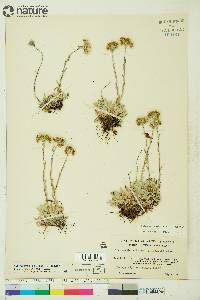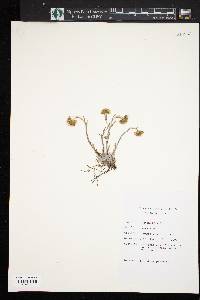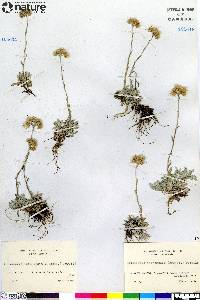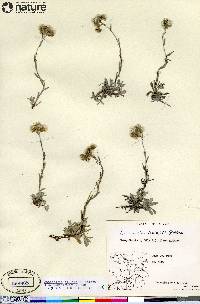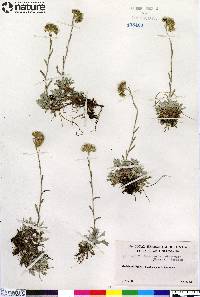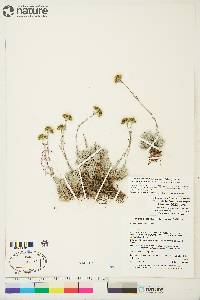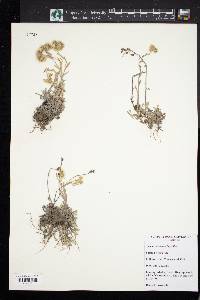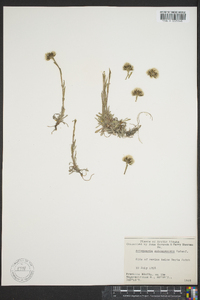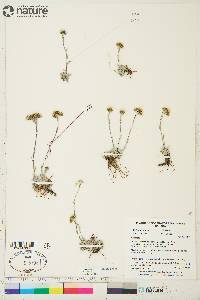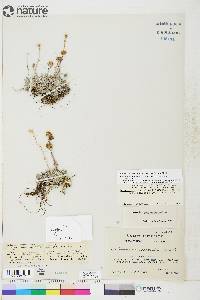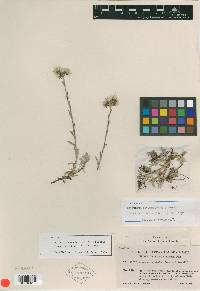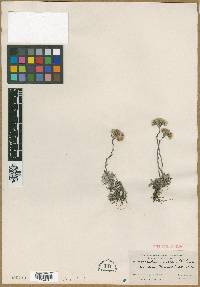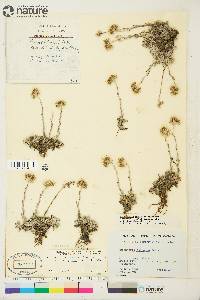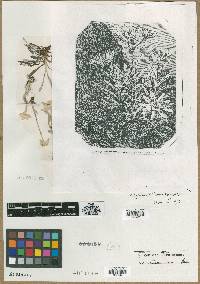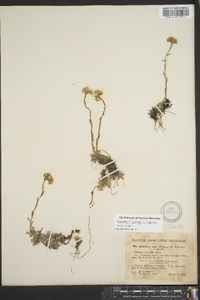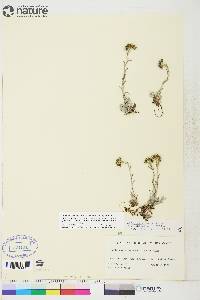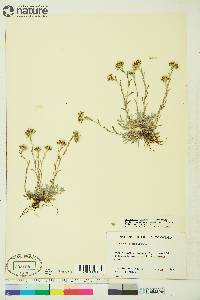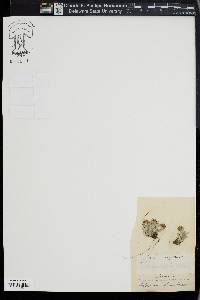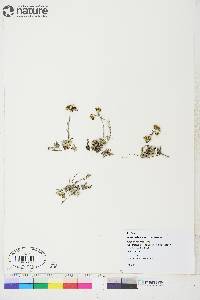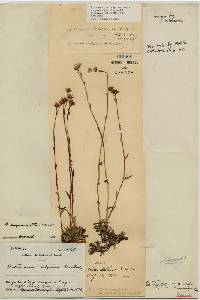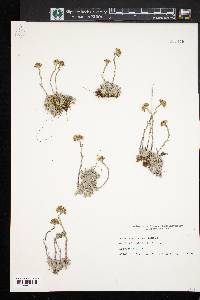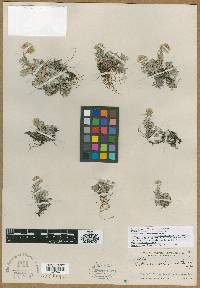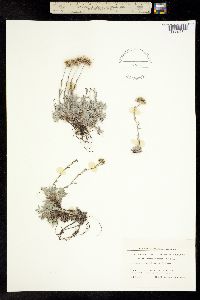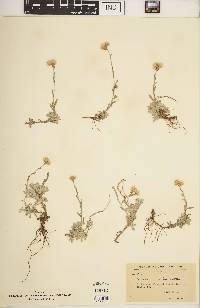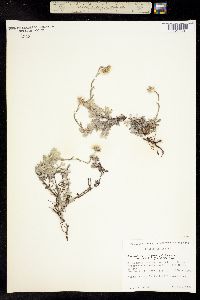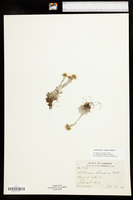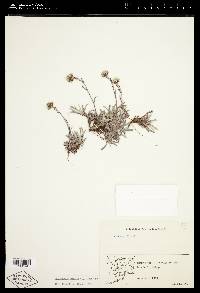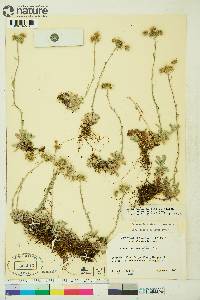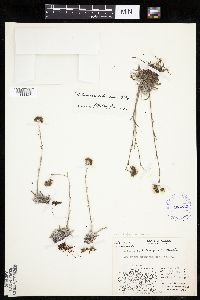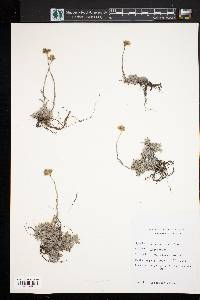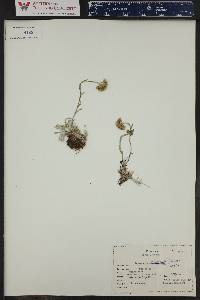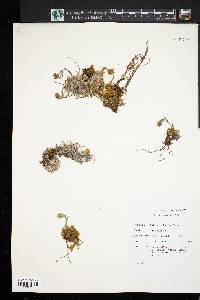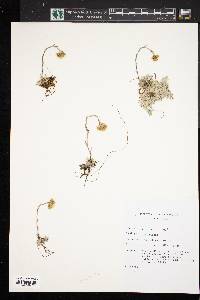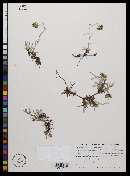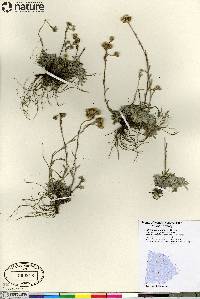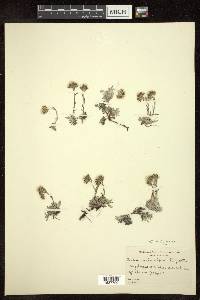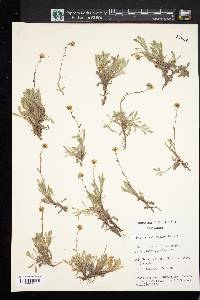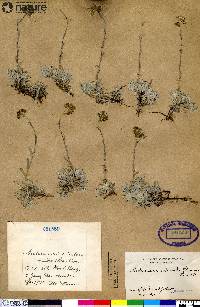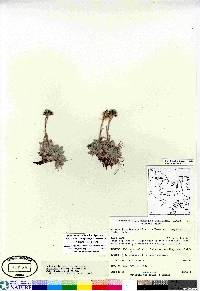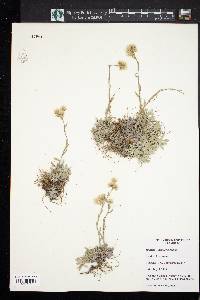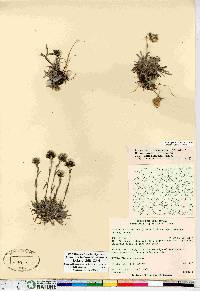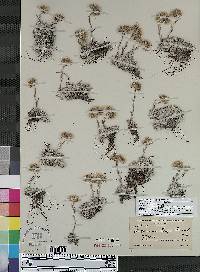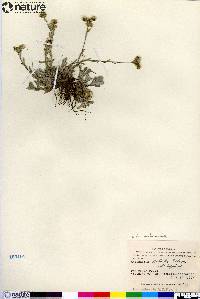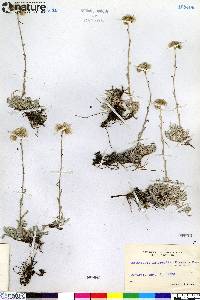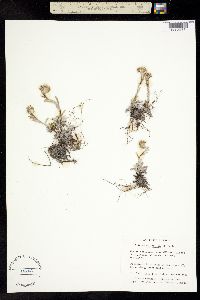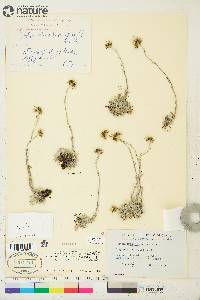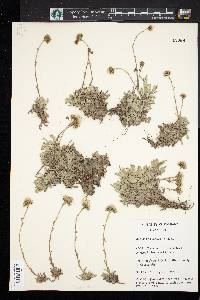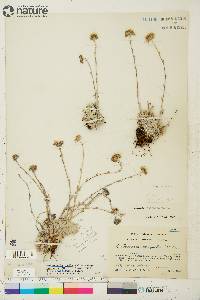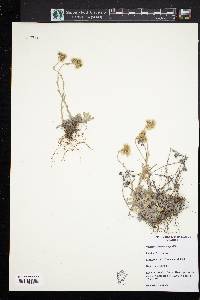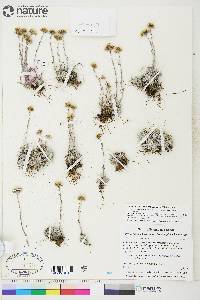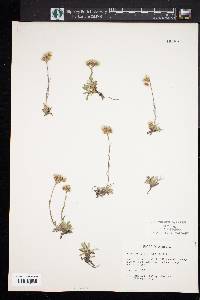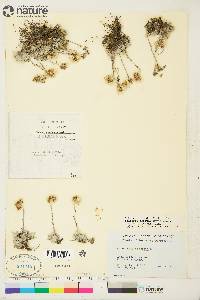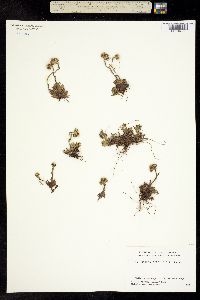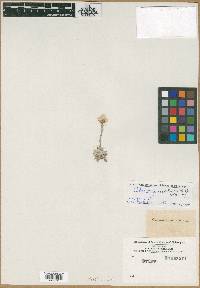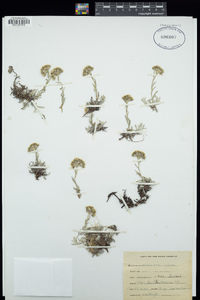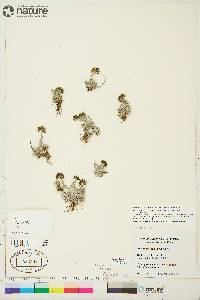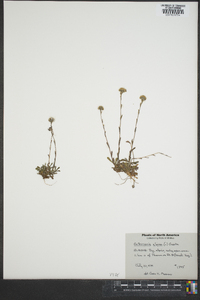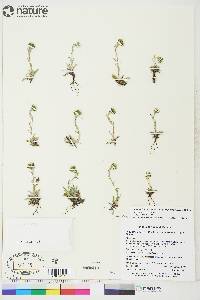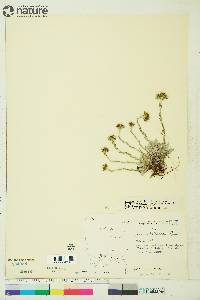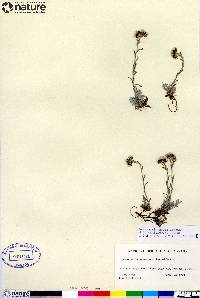
|
|
|
|
Family: Asteraceae
Alpine Pussytoes, more...Pale Pussytoes
[Antennaria alpina subsp. canescens (Lange) J. G. Chmielewski, moreAntennaria alpina var. cana , Antennaria alpina var. canescens Lange, Antennaria alpina var. compacta (Malte) S.L.Welsh, Antennaria alpina var. glabrata J.Vahl, Antennaria alpina var. intermedia Rosenv., Antennaria alpina var. stolonifera (A.E.Porsild) S.L.Welsh, Antennaria alpina var. ungavensis Fernald, Antennaria arenicola Malte, Antennaria atriceps Fernald, Antennaria bayardii , Antennaria boecheriana A.E.Porsild, Antennaria borealis Greene, Antennaria brunnescens Fernald, Antennaria cana Fernald, Antennaria canescens Malte, Antennaria canescens subsp. porsildii (E.Ekm.) Á.Löve & D.Löve, Antennaria canescens var. pseudoporsildii Böcher, Antennaria columnaris Fernald, Antennaria compacta Malte, Antennaria confusa Fernald, Antennaria crymophila A.E.Porsild, Antennaria foggii Fernald, Antennaria friesiana subsp. compacta (Malte) Hultén, Antennaria glabrata Porsild, Antennaria groenlandica Porsild, Antennaria hansii A.Kern., Antennaria intermedia M.Pors., Antennaria labradorica Nutt., Antennaria longii Fernald, Antennaria media subsp. compacta (Malte) J.G.Chmielewski, Antennaria pallida E.E.Nelson, Antennaria pedunculata A.E.Porsild, Antennaria porsildii Ekman, Antennaria sornborgeri Fernald, Antennaria stolonifera A.E.Porsild, Antennaria subcanescens Ostenf. ex Malte, Antennaria ungavensis (Fernald) Malte, Antennaria vexillifera Fernald, Antennaria wiegandii Fernald, Gnaphalium alpinum Asso ex DC.] |
Gynoecious (staminate plants uncommon). Plants 3-18 cm. Stolons 1-7 cm. Basal leaves: 1-nerved, spatulate to oblanceolate, 6-25 × 2-7 mm, tips mucronate, abaxial faces tomentose, adaxial green-glabrescent to gray-pubescent. Cauline leaves linear, 5-20 mm, at least mid and distal flagged. Heads 2-5 in corymbiform arrays. Involucres: staminate 5-6.5 mm; pistillate 4-7(-10) mm. Phyllaries distally dark brown, black, or olivaceous. Corollas: staminate 3-3.5 mm; pistillate 3.5-5 mm. Cypselae 1-1.8 mm, sparingly papillate; pappi: staminate 3.5-4 mm; pistillate 4.5-6 mm. 2n = 56, 84, 98, 112. Flowering mid-late summer. Dry to moist alpine tundra; 100-2400 m; Greenland; Alta., B.C., Nfld. and Labr., N.W.T., Nunavut, Ont., Que., Yukon; Alaska, Mont., Wyo.; Eurasia. Excluded names: Some Antennaria names are based on early-generation interspecific hybrids, including: Antennaria ×erigeroides Greene = A. corymbosa × A. racemosa A. ×foliacea Greene = A. microphylla × A. racemosa A. ×macounii Greene = A. media × A. umbrinella A. ×oblancifolia E. E. Nelson = A. racemosa × A. umbrinella A. ×rousseaui A. E. Porsild = - A. alpina × A. rosea Antennaria alpina is one of the more morphologically variable agamic complexes in the genus. Some taxonomists have argued that true Antennaria alpina does not occur in North America, because none of the North American material exactly matches the type of A. alpina, which is from Lapland (M. O. Malte 1934; A. E. Porsild 1965). If one uses a strict typological species concept, then this is true; I recognize that this species complex is composed of innumerable apomictic clones and am circumscribing a broad species concept for A. alpina. The potential morphologic overlap between the A. media and A. alpina complexes is a major taxonomic problem. The chief difference between members of the two complexes is the presence of prominent flags on cauline leaves in A. alpina and their absence in A. media. Antennaria alpina of North America is gynoecious and characterized by its dark green to black phyllaries and conspicuous flags on the distal cauline leaves. The basal leaves vary from glabrous, as in the type material, to pubescent. The primary progenitors of the A. alpina complex include A. aromatica, A. densifolia, A. friesiana subsp. alaskana, A. friesiana subsp. neoalaskana, A. monocephala subsp. monocephala, and A. pulchella.
|

